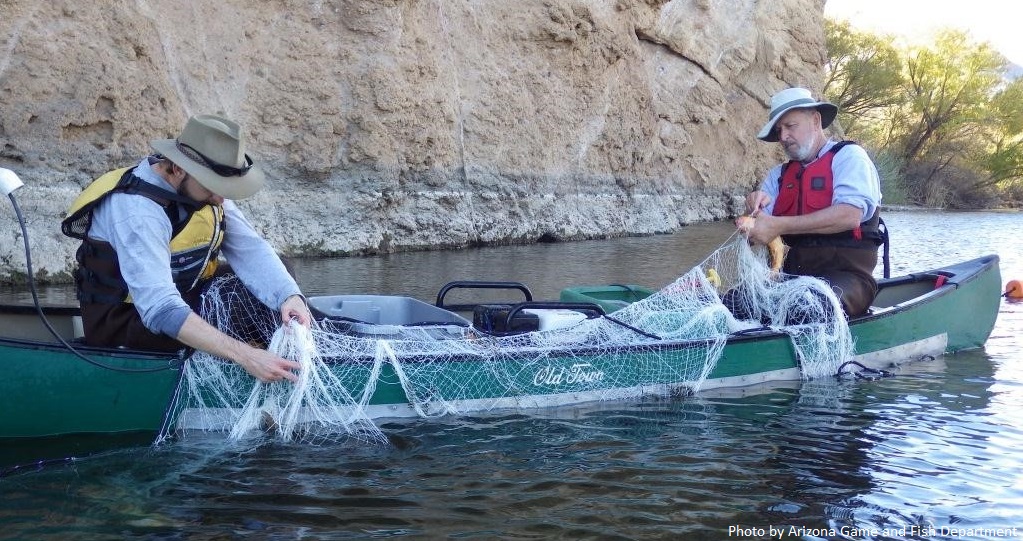Long-Term Monitoring

Under the 1994 and later biological opinions (2001, 2008) from the U.S. Fish and Wildlife Service (USFWS) on impacts of delivery of Central Arizona Project (CAP) to federally-listed fishes, Bureau of Reclamation (Reclamation) is required to monitor fish populations in selected waters of the Gila River basin. Prior to 2011, monitoring had been directed at the CAP canal and its primary connected waters for the purpose of detecting invasions of novel species. Although successful in its intended purpose, this monitoring had mostly occurred in highly degraded systems that were dominated by nonnative fishes and harbored only tiny remnants of their historical assemblage of native fishes. Therefore, it was determined to have limited potential to contribute to the improvement of the conservation status of native fishes, a primary intention of the biological opinions. As a result, Reclamation and USFWS, in cooperation with the Arizona and New Mexico departments of Game and Fish, shifted emphasis away from the CAP canal and its primary connect waters toward monitoring the status of wild populations of listed fishes throughout the Gila River basin. The CAP canal and its primary connected waters are now monitored once every five years. For more information on the long-term monitoring of the CAP canal and wild populations of listed fish, please visit the Canal Monitoring and Stream Monitoring pages.
Report:

